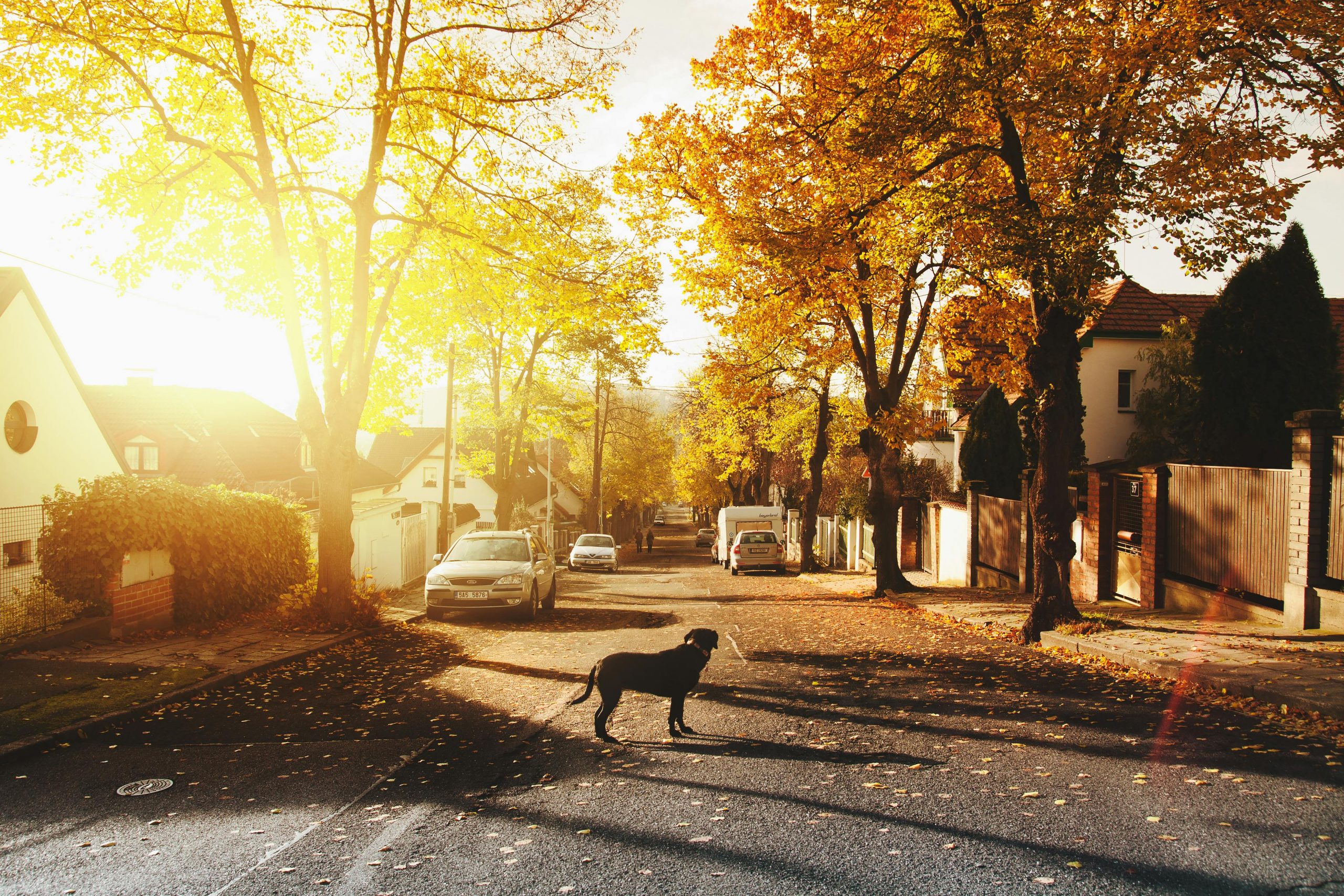Creating a safe neighbourhood is a collective effort that requires the active participation of residents, local authorities, and community organizations. A secure and thriving community is built on trust, communication, and shared responsibility. In this blog post, we will explore practical steps to foster a sense of safety and well-being in your neighbourhood.
Build Strong Community Connections
A safe neighbourhood starts with strong community bonds. Foster a sense of belonging by organizing neighbourhood events, social gatherings, and community projects. Encourage open communication among residents, fostering a supportive environment where everyone knows their neighbours and looks out for one another.
Establish Neighborhood Watch Programs
Organize or join a neighbourhood watch program to enhance the safety of your community. This grassroots initiative encourages residents to be vigilant and report suspicious activities to law enforcement. Regular meetings and training sessions can help residents stay informed about local safety issues and collaborate on preventive measures.
Enhance Street Lighting
Well-lit streets contribute significantly to neighbourhood safety. Advocate for improved street lighting in your community, especially in areas with heavy foot traffic. Well-illuminated streets create a deterrent for criminal activities and provide a sense of security for residents.
Maintain Green Spaces and Public Areas
A well-maintained environment fosters a sense of pride and safety. Encourage community clean-up initiatives to keep public spaces, parks, and common areas well-groomed. A clean and attractive neighbourhood is less likely to attract criminal activity.
Implement Traffic Calming Measures
Excessive speeding can pose a threat to pedestrians and cyclists in your neighbourhood. Advocate for traffic calming measures such as speed bumps, crosswalks, and visible signage to encourage safer driving habits. Collaborate with local authorities to address traffic concerns effectively.
Stay Informed and Connected
Keep residents informed about local safety issues and crime trends. Establish communication channels such as neighbourhood newsletters, social media groups, or dedicated websites to share information, updates, and resources related to community safety.
Support Local Law Enforcement
Collaborate with local law enforcement to establish positive relationships between officers and residents. Participate in community policing programs, attend town hall meetings, and work together to address specific safety concerns in your neighbourhood.
Emergency Preparedness
Educate residents on emergency preparedness measures, including evacuation plans, emergency contacts, and community resources. A well-prepared neighbourhood can effectively respond to unforeseen challenges, ensuring the safety and well-being of its residents.
Creating a safe neighbourhood requires ongoing effort and collaboration. By building strong community connections, implementing practical safety measures, and fostering a sense of shared responsibility, you can contribute to the development of a secure and thriving environment for you and your neighbours. Remember, safety begins at home and extends to the entire community.

 Facebook
Facebook
 X
X
 Pinterest
Pinterest
 Copy Link
Copy Link



